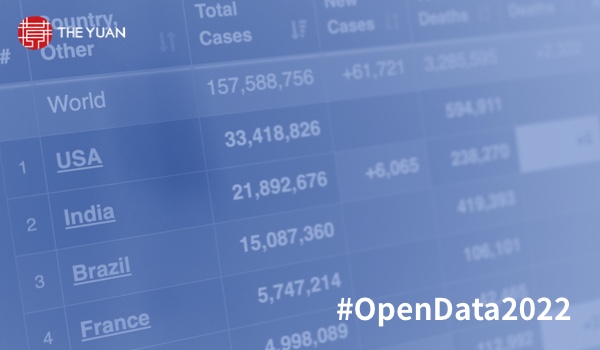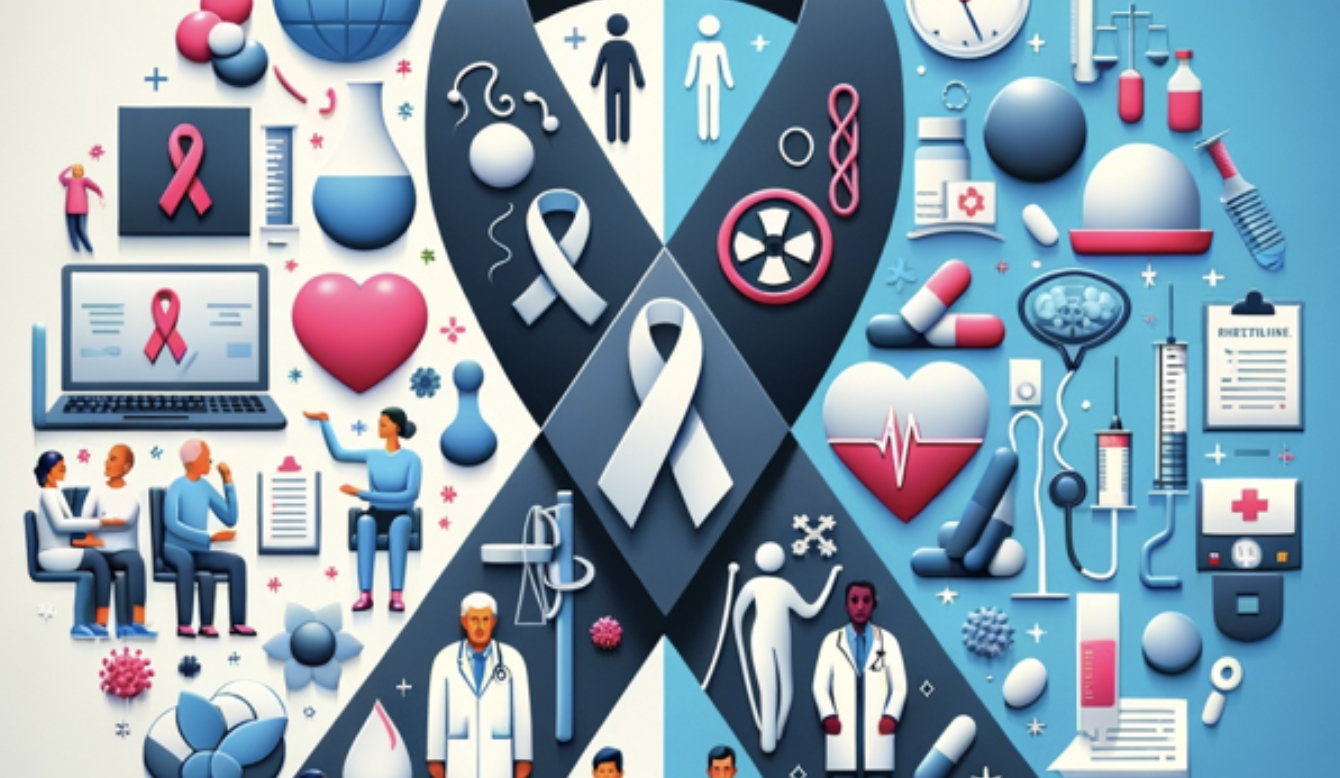


NEW YORK - United States President Joe Biden’s recently announced goal of reducing the nation’s cancer death rate by half in the next 25 years, with its encouraging emphasis on early detection and prevention, sounds bold. But even more can be done to tackle the disease - and faster. That is because scientific advances over the past decade have provided the tools to move from fighting cancerous tumors to identifying and intercepting the biological mechanisms that cause them. The problem is that prevention and wellness are not yet reimbursed in a healthcare system designed to manage symptoms. A new cancer moonshot is needed to adapt mindsets and institutions to the new science, just as it did after the COVID-19 pandemic erupted.
For over a century, clinicians have been trained to define and treat conditions they can see, which is why they classify tumors according to where in the body they are found. But what if the damage causing the tumor occurs somewhere else?
The reason cancers frequently return after resection, radiation, and chemotherapy might be that tumors are not the fundamental problem. Rather, they are the terminal symptoms of a so-called genetic insult, which triggers a cascade of cellular dysfunction that progresses for months or years before tumors appear. This has been discovered in recent years by decoding the human genome and progressively understanding the function of different genes, specifically the effect of their mistranscription on proteins and other key elements of cellular chemistry.
These tools reveal the causes of cancers at their molecular point of impact. The process st
The content herein is subject to copyright by Project Syndicate. All rights reserved. The content of the services is owned or licensed to The Yuan. The copying or storing of any content for anything other than personal use is expressly prohibited without prior written permission from The Yuan, or the copyright holder identified in the copyright notice contained in the content. Continue with Linkedin
Continue with Linkedin
 Continue with Google
Continue with Google









 1053 views
1053 views








